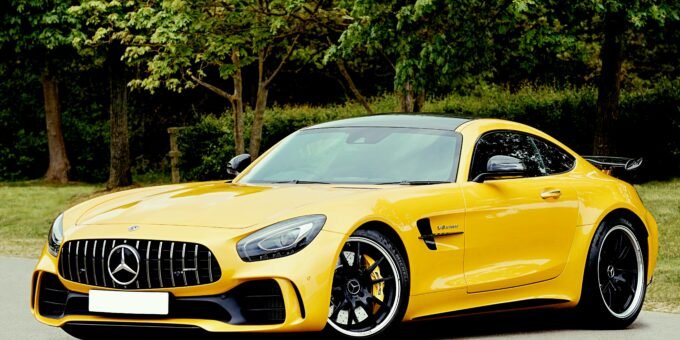
Luxury vehicles have always been more than just transportation—they’re experiences. With the advent of auto-driver systems, the focus has shifted from horsepower and design alone to the seamless union of artificial intelligence and opulent comfort. As smart luxury car interiors become increasingly connected, integrating these systems isn’t just an upgrade; it’s the future of premium mobility. This fusion promises safer, smarter, and more luxurious journeys, where passengers can relax while technology handles the complexities of driving.
Auto-Driver Systems
Auto-driver systems, often known as autonomous driving technologies, combine AI algorithms, sensors, cameras, radar, and LiDAR to navigate roads with little or no human input. These systems range from advanced driver-assistance (ADAS) features such as adaptive cruise control and lane-keeping to fully autonomous driving.
Luxury car manufacturers aren’t just adding autonomy for convenience; they’re doing so to enhance the premium experience. Imagine stepping into a car that knows your preferences, drives smoothly in heavy traffic, and communicates with other vehicles for improved safety. This is no longer a dream—it’s already unfolding.
Smart Luxury Car Interiors
Luxury interiors have undergone a remarkable transformation over the decades. From leather upholstery and handcrafted trims to AI-driven digital dashboards and immersive infotainment, the evolution reflects the fusion of comfort and intelligence.
Today, smart interiors feature:
-
Touch-sensitive panels replacing conventional buttons
-
AI-enabled climate control that adjusts based on weather and passenger comfort
-
Augmented reality windshields providing real-time navigation and hazard warnings
-
Mood-based ambient lighting for personalization
The next phase? Interiors that collaborate directly with auto-driver systems to provide a tailored journey for every passenger.
Importance of Integration
Simply having autonomous systems and luxury interiors separately isn’t enough. True value comes when the two operate in harmony. For instance, when an auto-driver system predicts heavy traffic ahead, the interior can shift to relaxation mode—activating massage seats, dimming lights, and adjusting music.
This synergy elevates travel from a chore to a personalized luxury retreat. Integration ensures that technology doesn’t overwhelm but instead enhances comfort, safety, and satisfaction.
User-Centered Design
Luxury car buyers expect intuitive experiences. That’s why user-centered design is crucial. Instead of bombarding drivers with complex controls, auto-driver interfaces should feel as natural as a smartphone. Clear displays, haptic feedback, and customizable dashboards give users confidence while maintaining elegance.
For instance, Bentley and Mercedes-Benz have been experimenting with minimalistic yet intelligent interfaces that blend seamlessly into handcrafted interiors.
Connectivity & IoT
A luxury car today is a rolling smart device. IoT plays a critical role by allowing cars to communicate with smart homes, smartphones, and even city infrastructure. Picture this: your car leaves the garage, informs your home assistant to turn off the lights, and syncs your meeting schedule with its navigation.
IoT makes auto-driver integration feel natural, ensuring that every ride is part of a larger connected lifestyle.
Voice Control
Voice assistants like Mercedes MBUX or BMW’s Intelligent Personal Assistant have already proven how AI can enhance luxury car experiences. Integrating them with auto-driver systems allows passengers to simply say:
-
“Take me to my next meeting.”
-
“Activate relaxation mode.”
-
“Find the nearest luxury hotel.”
This hands-free approach aligns perfectly with the premium, effortless lifestyle that luxury buyers crave.
Gesture Control
While voice commands are powerful, gesture control offers a futuristic and elegant way to interact with cars. A simple hand wave could adjust volume, swipe through navigation menus, or even signal the car to change drive modes.
This technology minimizes clutter, reduces distractions, and adds a sophisticated futuristic touch to luxury interiors.
You Can Also Read : How to Compare Smart Car Technologies Across Brands
Personalized Settings
Luxury is deeply personal. When integrated with auto-driver systems, interiors can automatically recognize passengers via biometric authentication and adjust:
-
Seat positions
-
Lighting preferences
-
Temperature zones
-
Entertainment profiles
This creates a signature experience for each user, making every ride feel tailor-made.